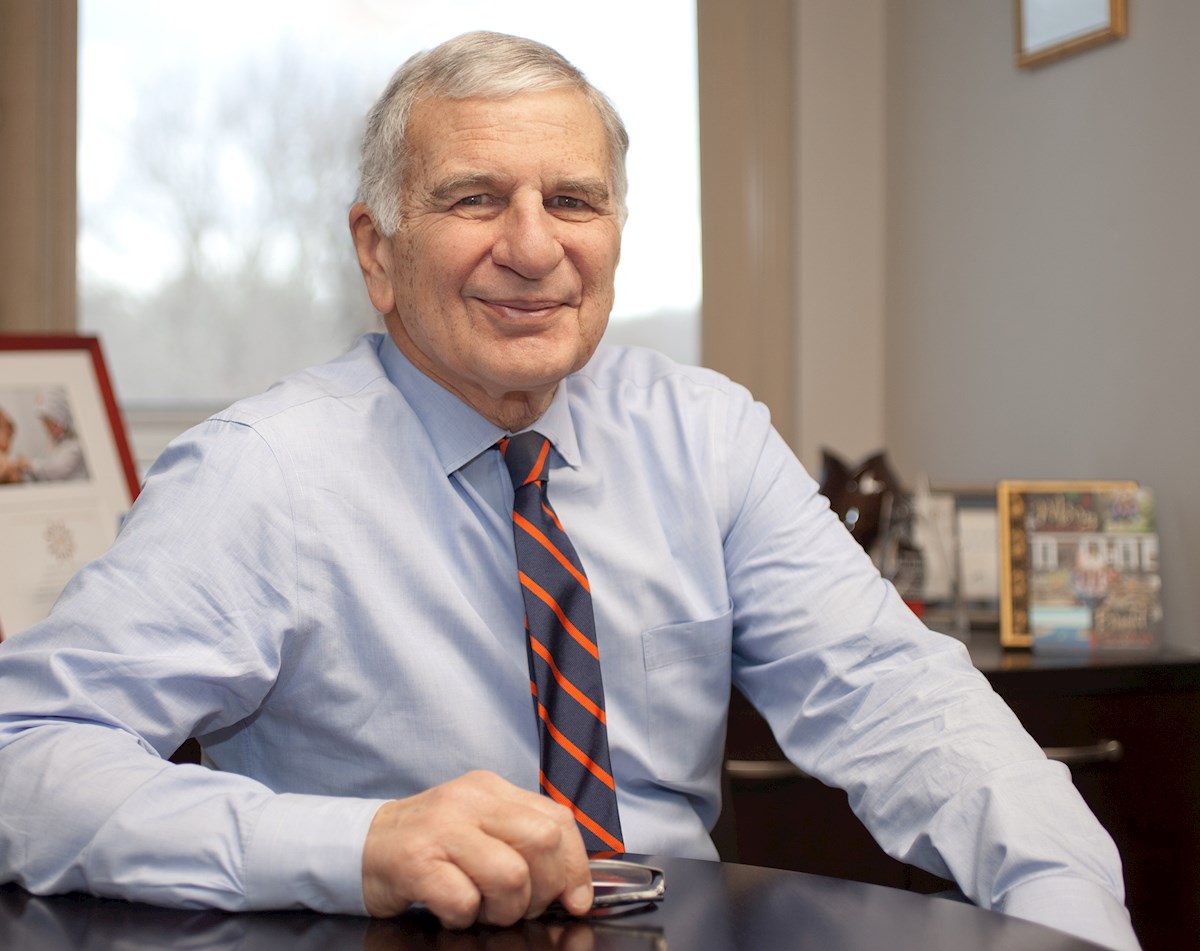
In the wake of the 1918 influenza pandemic, Miss Caroline Hazard spearheads the drive to establish a cottage hospital for South County. Our community raises $4,950 to purchase Watson House on Kenyon Avenue in Wakefield. John Paul Jones, MD, returning from overseas service in World War I, staffs the new hospital in partnership with his wife, Carolyn Jones, RN. Over the next six years, the South County Cottage Hospital will perform 95 surgical procedures and care for more than 1,300 patients.
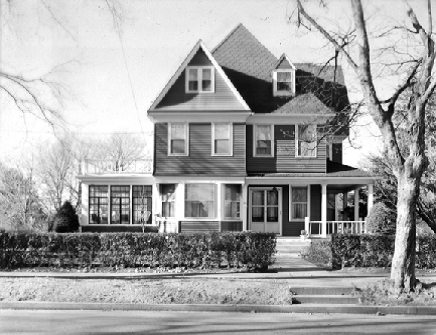
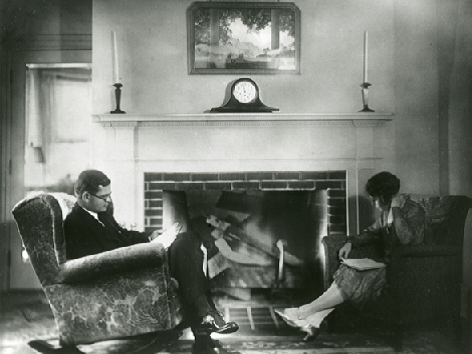
In response to increasing need, our community raises $266,266.55 to replace the cottage hospital with a new facility on six acres of land donated by the town of South Kingstown. Contractor Louis F. Bell of Wakefield oversees construction.
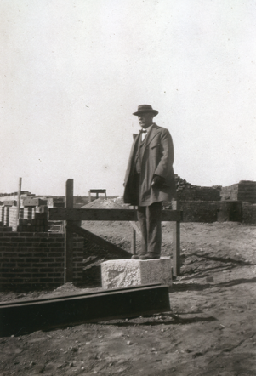
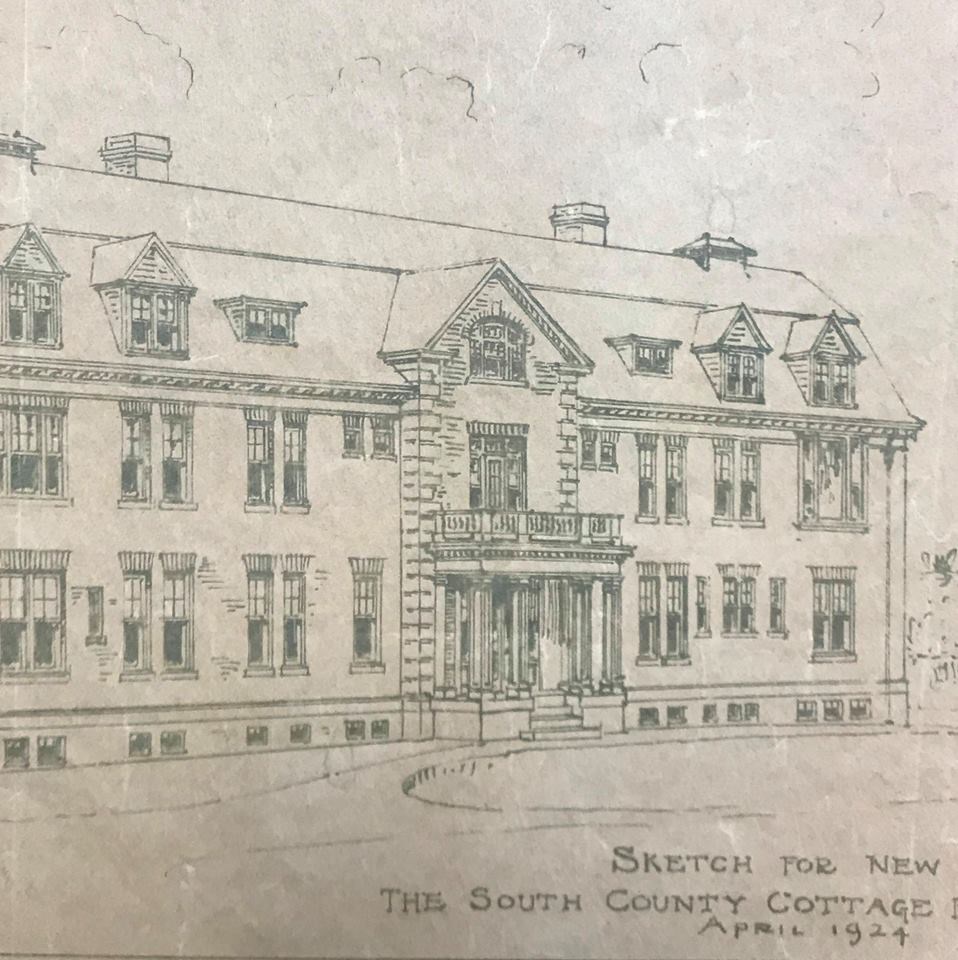
The new South County Hospital opens on November 28. Dr. and Mrs. Jones purchase Watson House. They will live there until 1962.
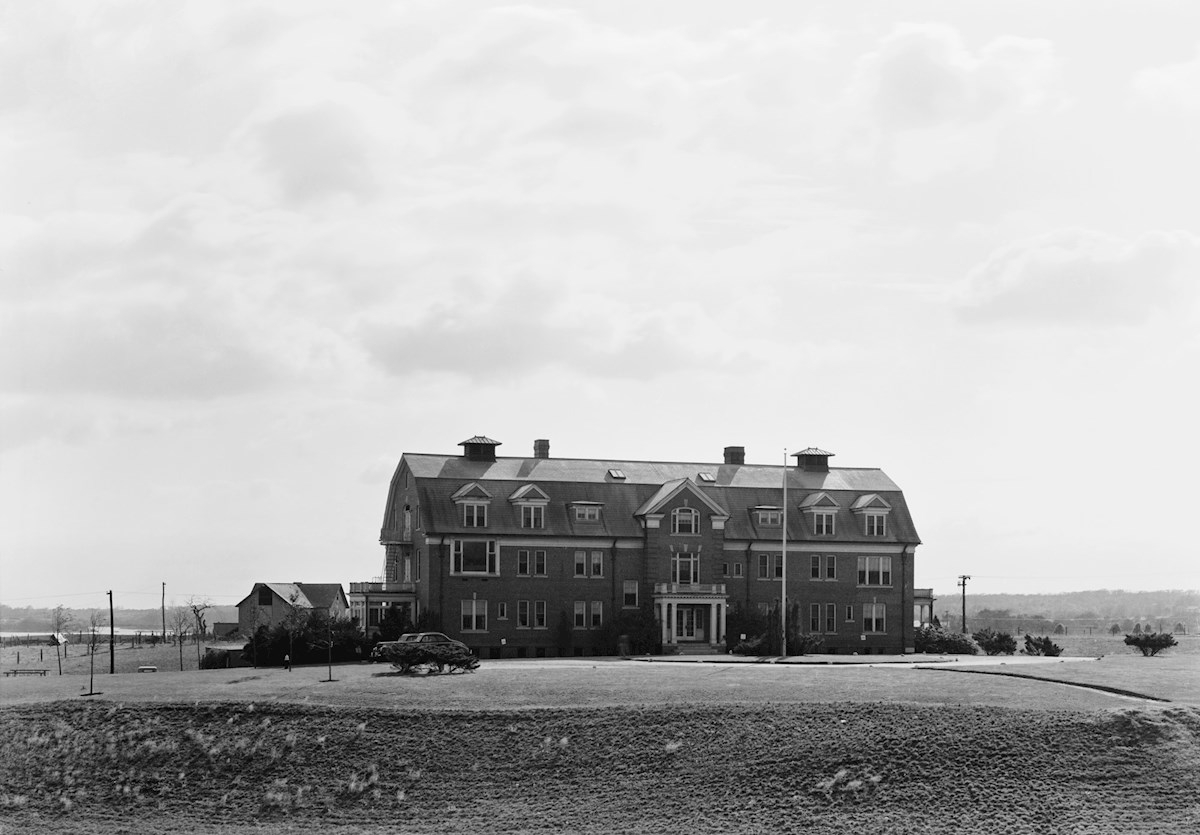
The Narragansett Times reports that Henry Hoyle of Beaver River Valley, Richmond, was operated on for appendicitis at “the new South County Hospital” – likely the first surgical procedure to take place in the new building.
A generous gift from Leonard Bacon and his sister, Susan Keith – in memory of their parents, Nathaniel Bacon and Helen Hazard Bacon, Caroline Hazard’s sister – makes it possible to build Bacon House, a “nurses’ home”, on the hospital grounds. Six new patient care wards open on the third floor of the hospital, in space that previously housed nurses.
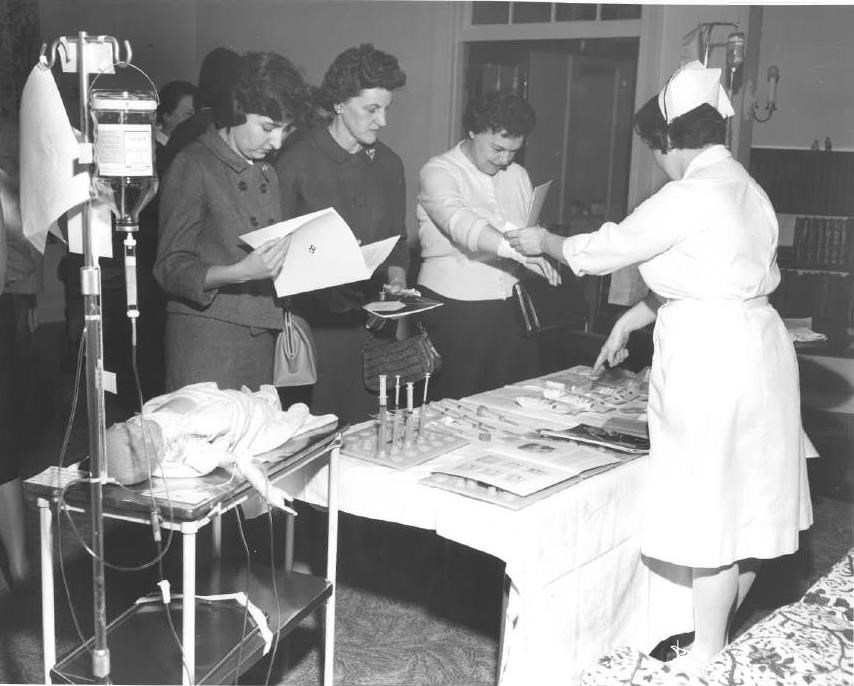
The Great Depression deepens. South County Hospital’s losses mount. Recruited by the hospital’s newly formed Auxiliary, volunteers from every town sponsor vital hospital needs and functions, from drugs and surgical dressings to the operations of the delivery room and operating room.
South County Hospital withstands the fury of the Hurricane of ’38 – with a 3-day power loss and one beam blown off the garage roof.
The tiniest babies in the hospital’s history – twin boys – are delivered at six months’ gestation in May. One, weighing only one pound at birth, does not survive. His twin, born at 1 pound, 14 ounces survives. Kept in an incubator, fed whiskey and water around the clock by nurses, the boy is discharged in September, weighing 5 pounds.
World War II ends. South County’s nurses come home – relieving scores of Girl Scouts and other volunteers who helped take care of our patients in their absence. To head off future nursing shortages, Rhode Island State College (now the University of Rhode Island) announces plans for a new course in nursing education.
Frederick R. Hazard of Saunderstown leads 200 volunteers, including local Rainbow Girls and Girl Scout troops, in collecting and selling donated stamps in support of the hospital. A lobby gift counter, sponsored by a different South County town each month, sells handcrafted items, baked goods, eggs, and locally-grown vegetables donated by our community.
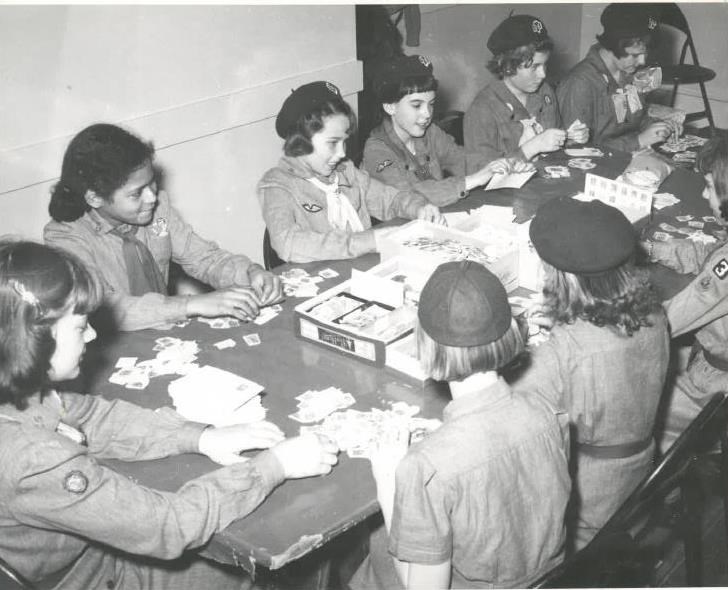
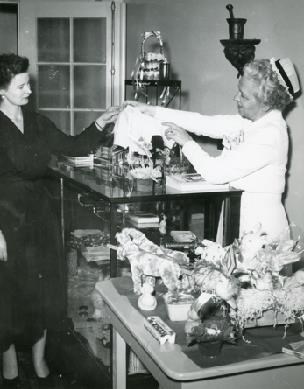
The Hazard Wing – our hospital’s first major addition, housing additional patient rooms and bassinets, expanded x-ray facility, and laundry and laboratory facilities – is dedicated in memory of T.G. Hazard, Jr., Caroline Hazard’s brother.
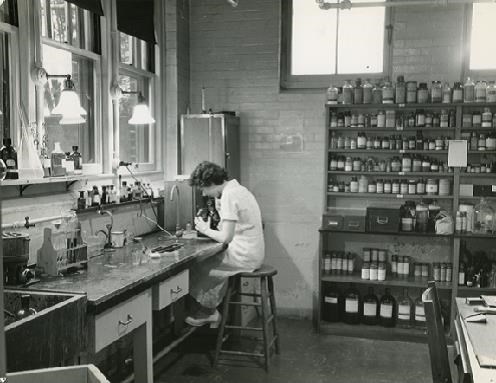
Dr. John J. Walsh, Jr. joins the hospital staff as its first Board-certified surgeon. Dr. Walsh will become the longest-serving physician in our history, retiring in 1990 as chief of surgery and continuing to practice in the Emergency Department until January 2011 serving a total of 57 years. Dr. Walsh continues as a volunteer in the ED, giving more than 500 hours from 2011-2014.
Donald L. Ford – South County Hospital’s longest-serving CEO, with a tenure that will last until 1986 – is hired as our hospital’s first full-time administrator. A registered nurse, with hospital administration experience in Chicago and Philadelphia, Ford will shape South County Health as a patient-centered, high-tech community hospital – creating the culture and physical infrastructure needed to support Board-certified physicians and surgeons, stellar nurses, and other health care professionals in providing care of the highest quality to our community.
Miss Edna Otto, RN joins the hospital as Director of Nursing. She will serve in this capacity – presiding over an era of excellence and growth in nursing – until 1984.
Joseph O’Neill, MD joins the hospital staff as its first Board-certified obstetrician. He will later be joined in practice by his brother, Robert O’Neill, MD in 1972. General surgeon, Robert L. Conrad, MD, also joins the staff becoming instrumental in improving the facilities, staff, and patient care at our hospital until his retirement in 2000.
With surgical volume increasing to more than 600 procedures annually, another new wing – encompassing a new surgical suite, new laboratories, and 11 more beds – opens. The dietary wing opens. And the hospital’s first clinical lab, staffed by graduates of URI’s new Medical Lab Technology Program, commences operation. By 1977, the hospital will be performing 275,345 lab tests annually.
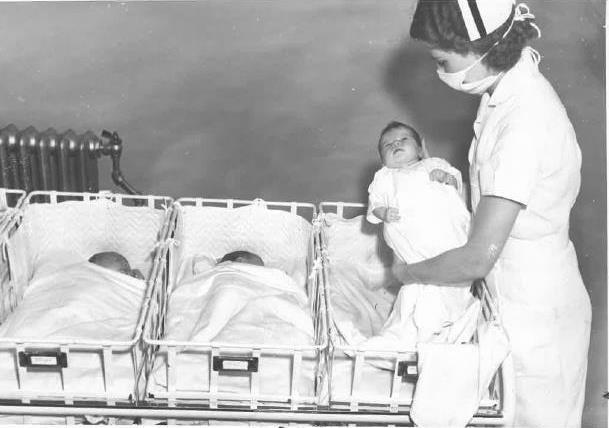
Built in 1970 and expanded over the course of a decade, the Borda Wing – made possible by federal funding and a generous gift from Emilie Bell Obnovlenski-Thompson and her daughter, Emilie Luiza Borda – heralds a new era in care, shaped by technological advancement, treatment innovations, and shorter inpatient stays. The state-of-the-art facility features extended-care rooms, physical therapy and rehab, an expanded x-ray facility and sunroom, new clinical labs, and a new Emergency Department.
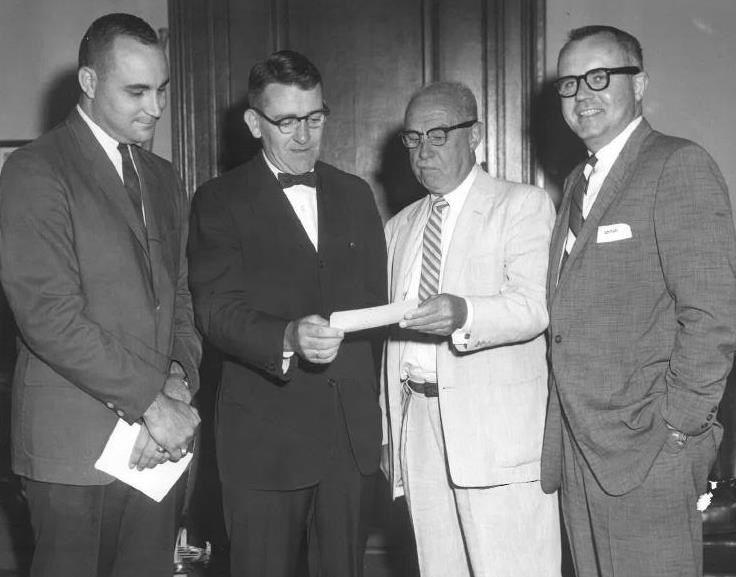
The first laparoscope in Rhode Island is used, introducing minimal surgical incisions for our patients.
On May 19, 1973, the charter fishing boat Comet sinks off Point Judith, killing 16 people. Another 10 are rescued and brought to South County Hospital by Coast Guard Navy helicopters. The following February, facilitated by Robert L. Conrad, MD, the first hospital helipad in Rhode Island opens at our hospital.
The new Read Wing – replacing 57 beds in the original hospital structure and adding a new maternity department, expanded coronary care ICU, outpatient surgical facilities, a new pharmacy, and expanded central sterile supply, is dedicated in honor of Frederic B. Read, Jr., who served as president of the Board of Trustees from 1962-1985. The original hospital building is renamed in honor of longtime treasurer and tireless advocate Benjamin R. Sturges, Caroline Hazard’s great-nephew. Sturges served as a hospital friend, benefactor, and trustee for thirty years.
South County Hospital and the town of South Kingstown collaborate to expand the hospital campus – with the hospital buying six acres of adjacent land from the town for $225,000. The town then spends $250,000 to purchase 65 acres of new recreational land on Tuckertown Road.
Outgoing CEO Donald Ford submits his final annual report, a document that encapsulates South County Hospital’s entry into a new technological age – detailing such advancements as a Cardiopulmonary Services Department, installation of our hospital’s first CT scanner, acquisition of a laser for microsurgical treatment of the eye, and a state-of-the-art Trauma Unit.
A new, 18,000-square foot surgical pavilion – featuring a new, two-story atrium, as well as four operating rooms and two endoscopy suites – is dedicated. The new facility will facilitate 4,085 surgical procedures in 1988.
Hurricane Bob, a Category 2 storm with winds of 100 mph, causes widespread damage throughout South County. Our hospital serves more than 1,300 free meals to people in our community during the storm.
South County Hospital adopts a new model in obstetrical care – opening the first of its labor-delivery-recovery rooms, providing new mothers with a comfortable birthing environment and the option of rooming in with their babies, and offering the support of two maternity nurses who are certified lactation consultants.
South County Health is the first hospital in Rhode Island to receive the WHO/UNICEF Baby FriendlyTM designation, awarded to hospitals that offer an optimal level of care for infant feeding and mother/baby bonding.
South County Hospital combines its home health services with those of VNS HomeCare and Westerly Hospital, forming what will become the regionwide agency known as South County Home Health. Since the early 1900s, prior to the building of our hospital, our community has relied on the services of visiting nurses to provide compassionate and skilled health care to their families, friends, and neighbors in the comfort of their own homes.
Rhode Island is gripped by a meningitis outbreak. South County Hospital vaccinates 13,000 young people in one day during a Saturday clinic at South Kingstown High School.
The new South County Women’s Health Center, located in the newly-constructed Medical Office Building, is dedicated with a proclamation from Governor Lincoln Almond.
South County Hospital supports young people in our community by establishing the Conrad-Nestor Scholarship, named for beloved and respected surgeons Robert L. Conrad, MD, and Thomas A. Nestor, MD, both of whom served on the hospital’s medical staff with distinction for more than four decades and made major contributions to advancing high-quality care in Rhode Island.
Louis R. Giancola is named Interim President and CEO. His appointment will become permanent, and he will lead our hospital for nearly two decades – to the cusp of our second century.
A new Emergency Room opens – along with a new Diagnostic Imaging Department offering MRI and interventional radiology services. The hospital’s Main Entrance moves to the south side of the campus.
Volunteer Services launches a patient escort program to guide patients and visitors through our expanding hospital. The Volunteer Services department will grow to include over 300 people who collectively donate approximately 40,000 hours of service each year. The South County Hospital Auxiliary continues to fundraise, contributing more than $1.5 million since its founding through the Coffee Shop, Gift Shop, and Annual Fashion Show.
A 10-bed Orthopedic Unit opens on Borda II, creating a “hospital within a hospital” that anchors our growth as a center of excellence in leading-edge orthopedic surgery.
The new Frost Family Pavilion opens, offering private patient rooms – some with a view of Salt Pond – as well as more efficient work stations for nurses and other care team members and a tube system for transport of blood samples and small supplies. The facility is named in memory of Tina Read Frost, the late wife of Frederick G. Frost, chair of the Board of Trustees and the daughter of Frederic B. Read, for whom the Read Wing is named.
The hospital opens a new Medical and Wellness Center – featuring obstetrical and gynecological care as well as mammography, x-ray, lab, physical therapy, and urgent care services – in East Greenwich.
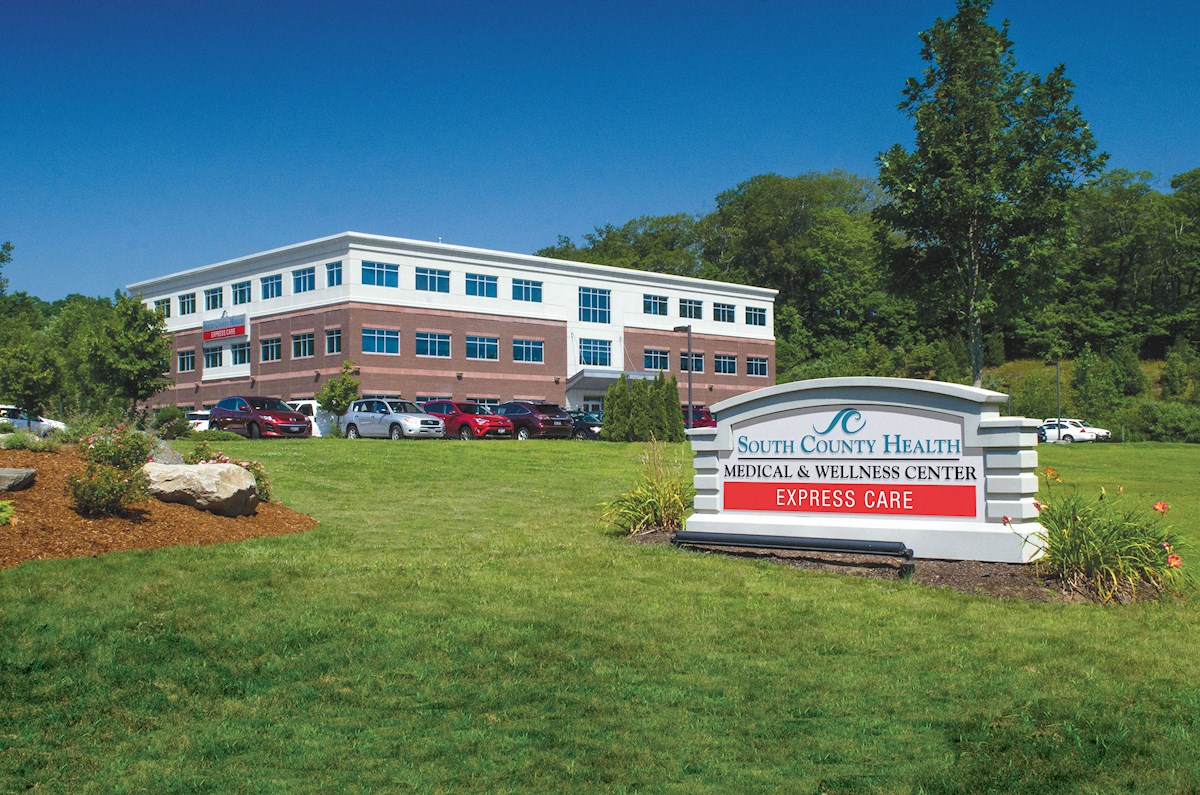
With the arrival of the first Mako robot at South County Hospital, Robert Marchand, MD and his colleagues at South County Orthopedics (later to become Orthopedics RI-South County) use Mako robotic-assisted technology to bring revolutionary advances in orthopedic surgery to our community.
The American Nurses Credentialing Center recognizes South County Hospital with a Pathways to Excellence designation, in acknowledgment of our hospital’s supportive nursing culture. The designation is renewed in 2018.
South County Health is born. Our name now reflects all that we do – through care provided in the hospital, in the home, and in community-based medical practices, as well as through collaborative population health initiatives – to build a healthier South County.
South County Health opens a new Medical & Wellness Center in Westerly – offering urgent/walk-in care, outpatient obstetric/gynecological care, x-rays and ultrasound, mammography, dermatology, behavioral health care, laboratory services, wound care, podiatry, and more.
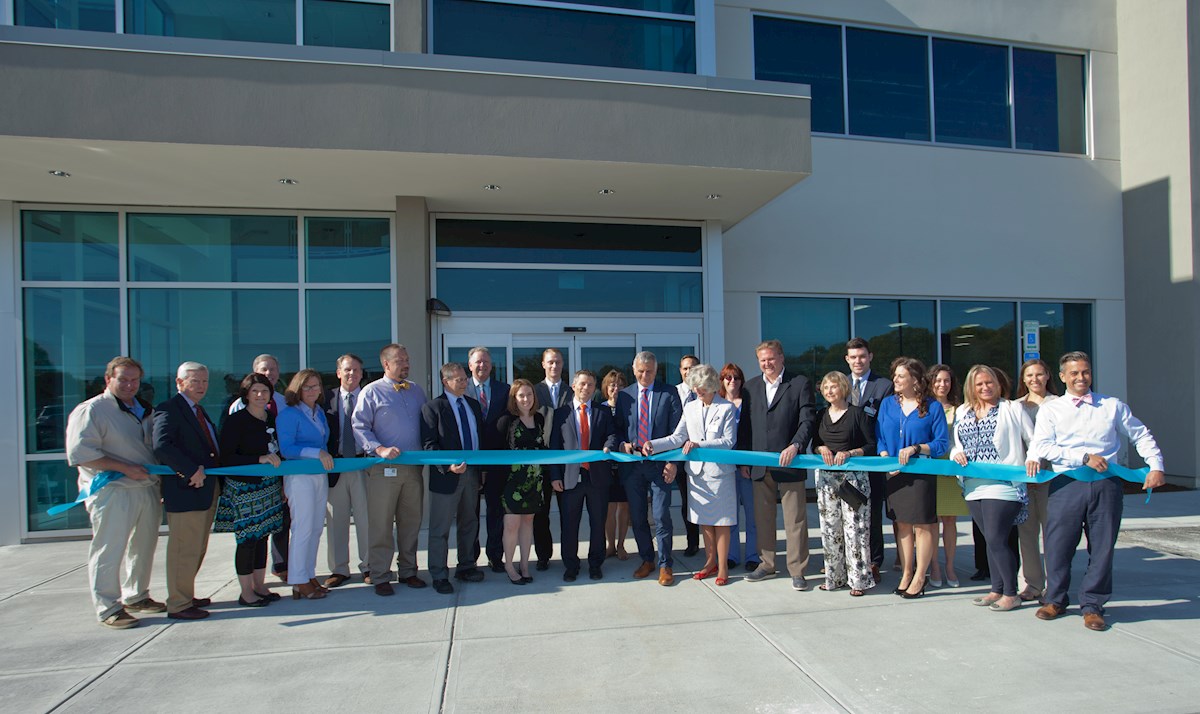
Our Community Cancer Center, funded mainly by local philanthropy, opens on the first floor of the Read Wing. Reflecting best practices in cancer care, the new Center delivers collaborative, interdisciplinary care – including infusion therapy, patient education, nutrition counseling, physician visits, and more – under one roof. Our Community Cancer Center will provide care for more than 1,300 patients within the first two months of its opening.
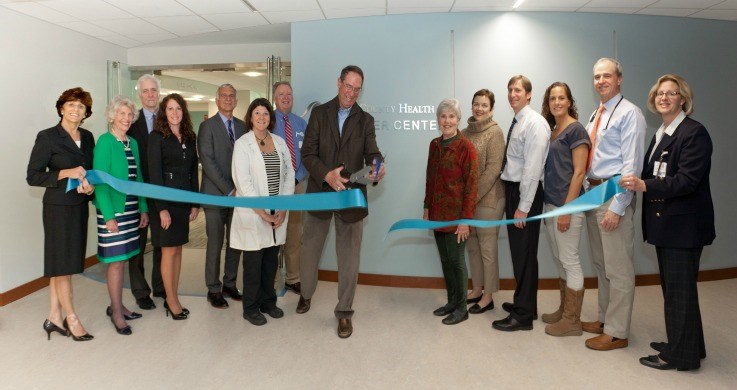
An expanded and redesigned Women & Newborn Care Unit opens on the second floor of the Read Wing – adding two additional labor-delivery-recovery rooms), a new nursery, and a state-of-the-art, in-unit operating room. As the home of South County’s only inpatient obstetrical unit, our hospital is now delivering more than 650 babies every year.
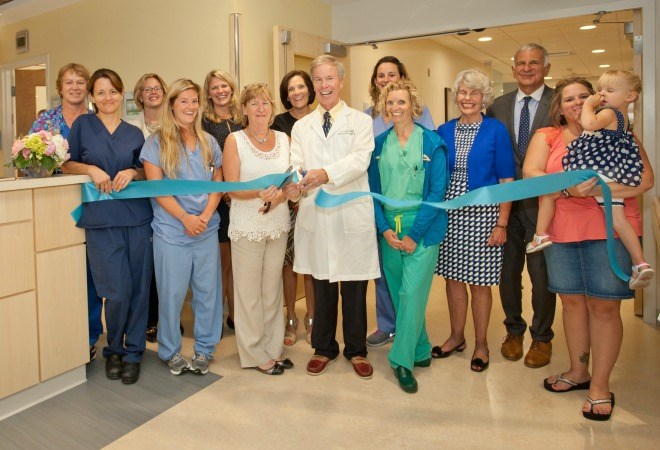
South County Hospital intensifies its commitment to surgical innovation. Our hospital continues to strengthen its role as a global leader in Mako robotic-assisted knee replacement surgery as one of seven sites selected for participation in a clinical trial evaluating use of the technology in total knee replacement. Dr. Robert Marchand then launches the world’s first commercial release of the robotic full knee replacement procedure. Surgeons from across the United States and around the world observe the surgery – both in person and virtually, via cameras in a specially-equipped OR. Thousands of patients from throughout Rhode Island, and far beyond come to our hospital – a Blue Distinction Center for hip and knee replacement – to undergo the life-changing procedure.
Building on our surgeons’ reputation for performance of life-changing robotic-assisted orthopedic surgery, our hospital invests in the specialized surgical talent of Joseph Renzulli, MD, and the da Vinci Xi Surgical System – technology that supports robotic-assisted surgery for urological procedures, saving lives and preserving quality of life, with less pain and shorter recovery times for prostatectomies and other procedures.
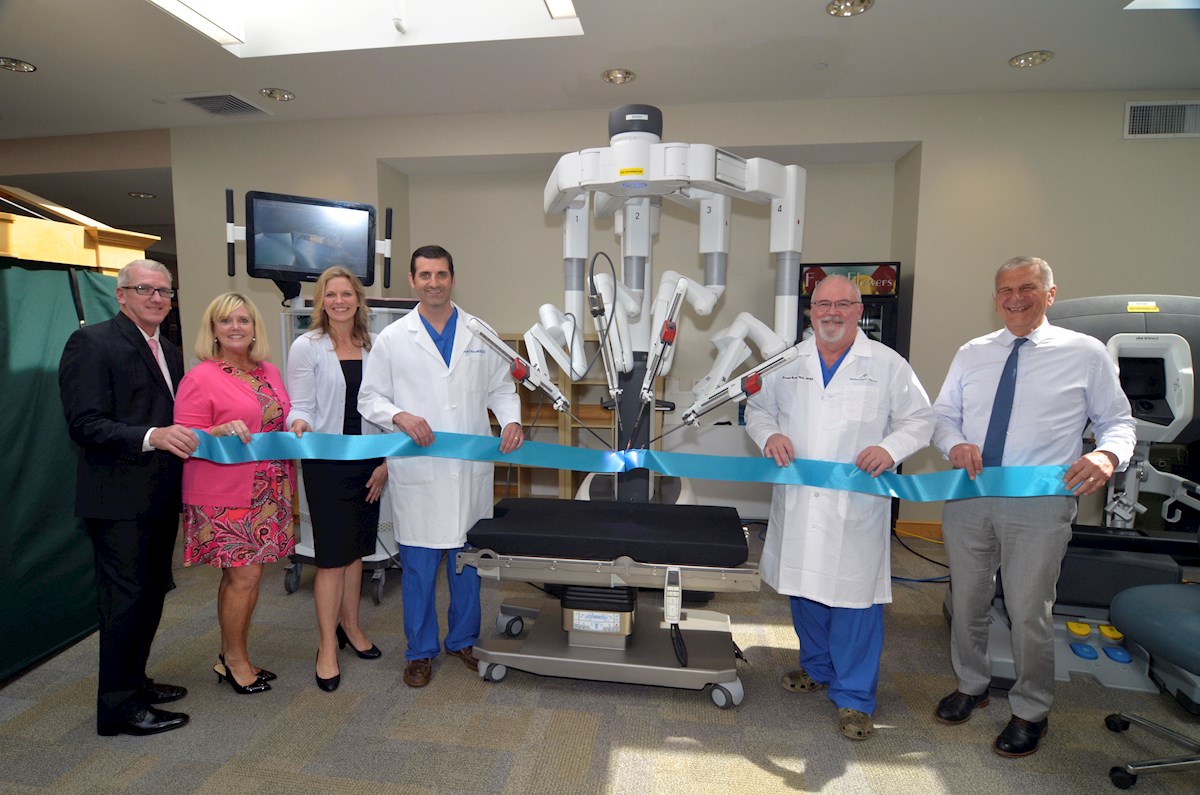
President and CEO Louis R. Giancola announces plans to retire after 18 years at the helm – a tenure that has encompassed establishment of South County Health as a regional center for high-quality care, with facilities extending from East Greenwich to Westerly. Giancola cultivated a culture of clinical innovation and collegial respect, brought multiple new therapies, programs, and facilities to our community, led a talented staff to earn many national awards for patient satisfaction, safety, and quality of care, and sustained the financial viability of our hospital.
